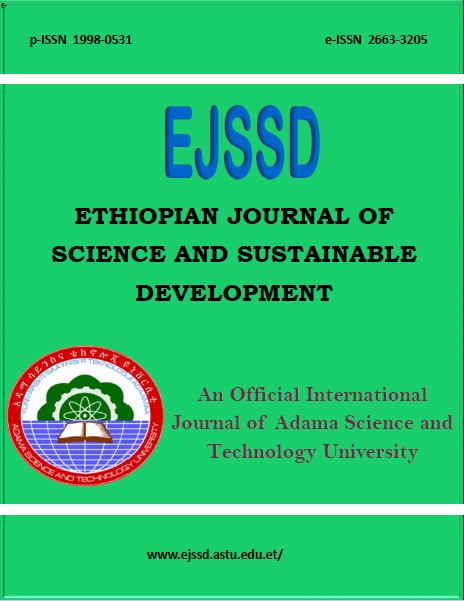Innovation, Human Capital and Economic Growth in Ethiopia: a Systematic Review and an Empirical Study
Abstract
In today’s world, national innovation system (NIS) is one way of fostering economic growth, especially in developing countries. Human capital, research and development (R&D) and other innovation activities are the fundamental pillars of NIS. The aim of this study is to evaluate the contribution of human capital, innovation (patent as a proxy) and R&D on Gross Domestic Product (GDP) growth rate through systematic review and empirical analysis. An autoregressive distributed lag (ARDL) model was used to analyze the data extracted from the World Bank database and world innovation patent office data set from year 1990 to 2023. From the systematic review result, the roles of human capital and R&D expenditure have shown a positive influence on GDP growth rate of Ethiopia. The estimated model re-enforced the systematic review result as both human capital and R&D have shown statistically significant effect on GDP growth rate. In addition, gross capital formation and utility patent have also positive effect on real GDP growth. Recognizing the crucial role of human capital and R&D, this study suggests to the Ethiopian government to bolster these areas to drive effective economic growth. Fostering strong collaboration among NIS actors, and developing policies that strategically expand the pool of skilled and educated individuals in various sectors are recommended.
Copyright (c) 2025 Ethiopian Journal of Science and Sustainable Development

This work is licensed under a Creative Commons Attribution 4.0 International License.

 Open Access
Open Access Print and Online ISSN
Print and Online ISSN Submit Your High-Quality Articles
Submit Your High-Quality Articles Higher Impact With Wider Visibility
Higher Impact With Wider Visibility Double Blinded Review Process
Double Blinded Review Process Join as Reviewer
Join as Reviewer